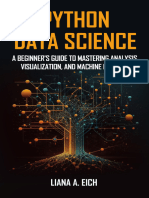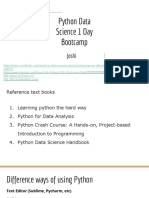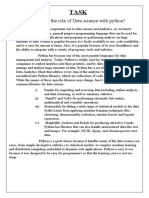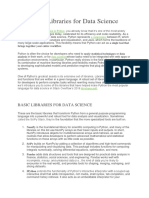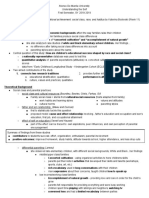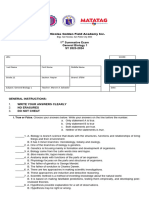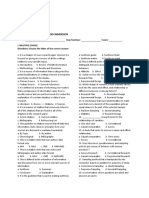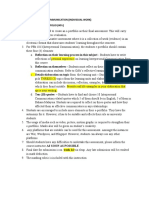0% found this document useful (0 votes)
40 views15 pagesData Science 2
The document provides an overview of Data Science, including its components like Python programming, machine learning, artificial intelligence (AI), and generative AI (GenAI). It explains the importance of data visualization, the role of Python libraries in data science tasks, and various machine learning techniques and applications. Additionally, it highlights the significance of AI in transforming industries and the challenges associated with GenAI.
Uploaded by
krishivangi21Copyright
© © All Rights Reserved
We take content rights seriously. If you suspect this is your content, claim it here.
Available Formats
Download as PDF, TXT or read online on Scribd
0% found this document useful (0 votes)
40 views15 pagesData Science 2
The document provides an overview of Data Science, including its components like Python programming, machine learning, artificial intelligence (AI), and generative AI (GenAI). It explains the importance of data visualization, the role of Python libraries in data science tasks, and various machine learning techniques and applications. Additionally, it highlights the significance of AI in transforming industries and the challenges associated with GenAI.
Uploaded by
krishivangi21Copyright
© © All Rights Reserved
We take content rights seriously. If you suspect this is your content, claim it here.
Available Formats
Download as PDF, TXT or read online on Scribd
/ 15









